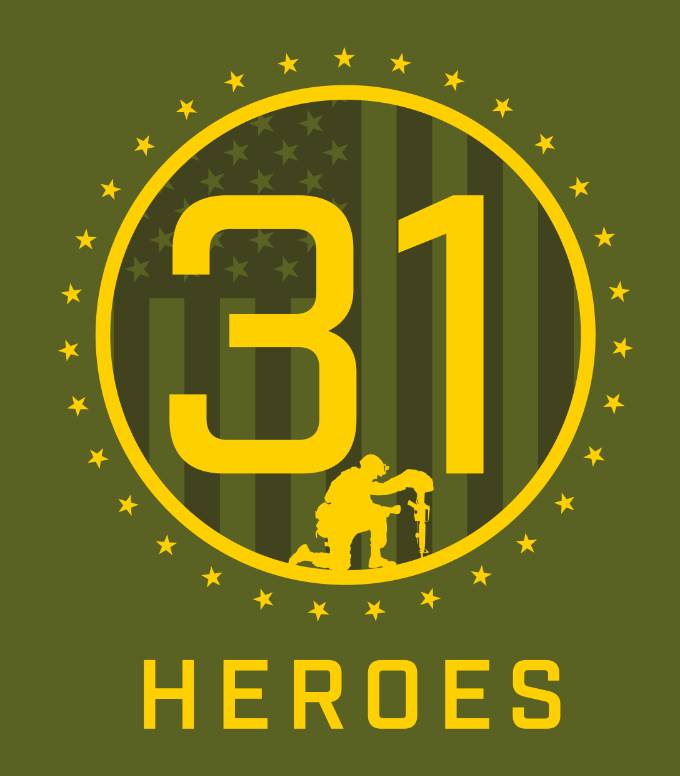Cradling
One aspect of lacrosse that players must continue to improve is cradling. The better a player gets at cradling, the better feel they have for having the stick in their hands and controlling the ball. Players should be encouraged to constantly have their sticks in their hands and practice cradling whether they are walking around outside or watching TV on their couch.
Watch Mikey Powell show you how it’s done.
Coaches should also encourage players to try to learn different stick tricks as this encourages players to keep their stick in their hands and learn better ball control even if they are not skills that will be used in a game (like juggling in soccer).
PROTECT THAT BALL!
Stick fakes are another important skill for intermediate players to learn. There are two main types of fakes that are effective in lacrosse. The first one is the spin fake in which the stick is flipped over completely and the stick is turned towards the body. (This is also referred to as a box fake which will be described next.) When performing this fake, the player uses his bottom hand to turn the stick completely over and the top hand becomes loose. This will feel awkward to a beginner at first because they are taught to keep their bottom hand loose when performing the basic cradling technique. This fake is effective for fake passing as the player can really sell a long pass. It is a great fake for defensemen and goalies to use to get past riding (pressing) attackmen when clearing the ball. It can also be used when faking a pass to freeze a defenseman and open up a shooting opportunity.
Another fake that is widely used in lacrosse is a box fake. With the box fake, the stick is turned completely over as it is in a spin fake. The main difference between a box fake and a spin fake is that a box fake is more exaggerated and pauses half way through the spin to mimic the follow through motion of a pass. Following a brief pause, the player completes the spin and returns his stick to the ready position.
Turning the stick in the opposite direction, in an arc similar to a standard cradle, introduces another useful fake, the pump fake. The stick is turned to the outside with the top hand doing most of the work, and the bottom hand loose in a quick cradling motion. Unlike a box or spin fake, the stick is not turned completely over or around. Instead, the stick head follows the same arc in both directions. This fake is highly effective when finishing the ball in close. The spin fake takes a little bit too long and can allow a defenseman to check the ball away and also gives the goalie time to recover and prepare for a shot. The pump fake is just a quick fake that freezes the goalie for a second before a quick shot. Many great players will pump fake high and shoot low or pump fake low and shoot high. When good finishers have time they will fake more than once to keep the goalie honest and make it easier to finish the ball.
The last fake that players should learn is the face dodge. Young players are generally taught face dodges at an early age because it is the most basic dodge – it does not require the player to change hands, it involves no fancy footwork or change of direction and it closely resembles a basic cradling motion. However, at higher skill levels, a face dodge is almost never used in one-on-one play because bringing the stick in front of the player’s face makes him vulnerable to stick checks. Instead, the face dodge is more frequently used when a defender is rushing towards an offensive player to stop a shot or pass. Rather than taking a difficult shot around or through the defender, the offensive player winds up as though he is going to shoot, but pulls his stick across his face at the last instant while running past the defender for a better shot. With a face dodge, stick protection is the key to not having the ball checked away.
These fakes are fairly simple for players to learn once they have adequate cradling abilities. It is important for players to understand the times when each fake is most effective. They should also understand that fakes work better when they are used sparingly. The best way to learn these fakes, and to get a better stick, is to work on them individually. The best players in the world have their sticks in their hands constantly, and they are always trying out new things.
KEYS
- Keep a loose grip
- Cradle with your fingers
- Cradle smoothly
- Keep the ball in the sweet spot of your pocket
